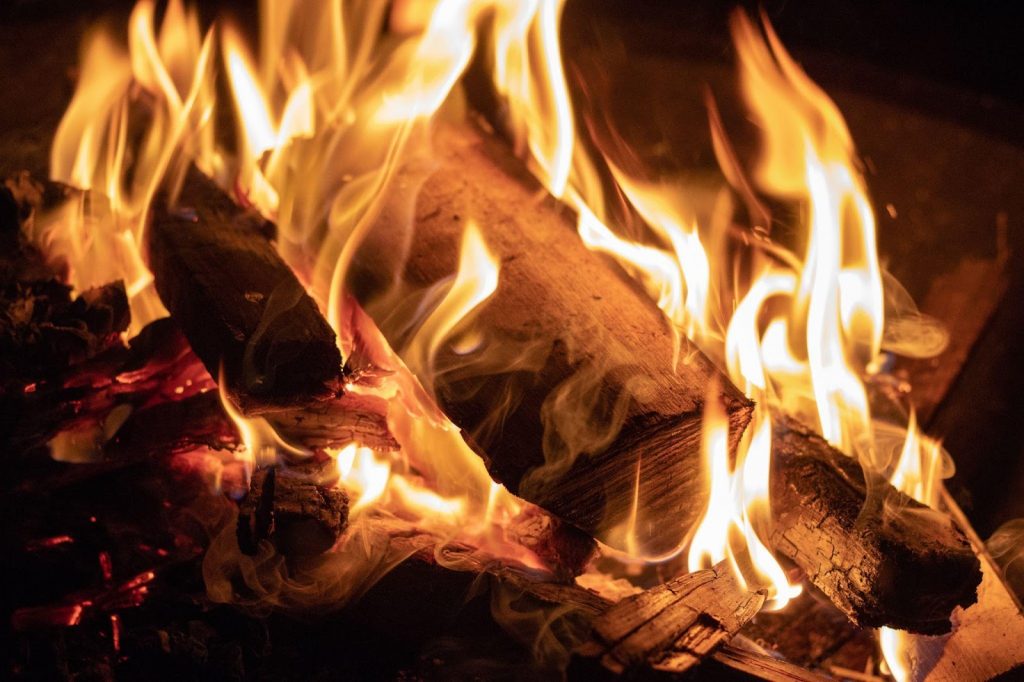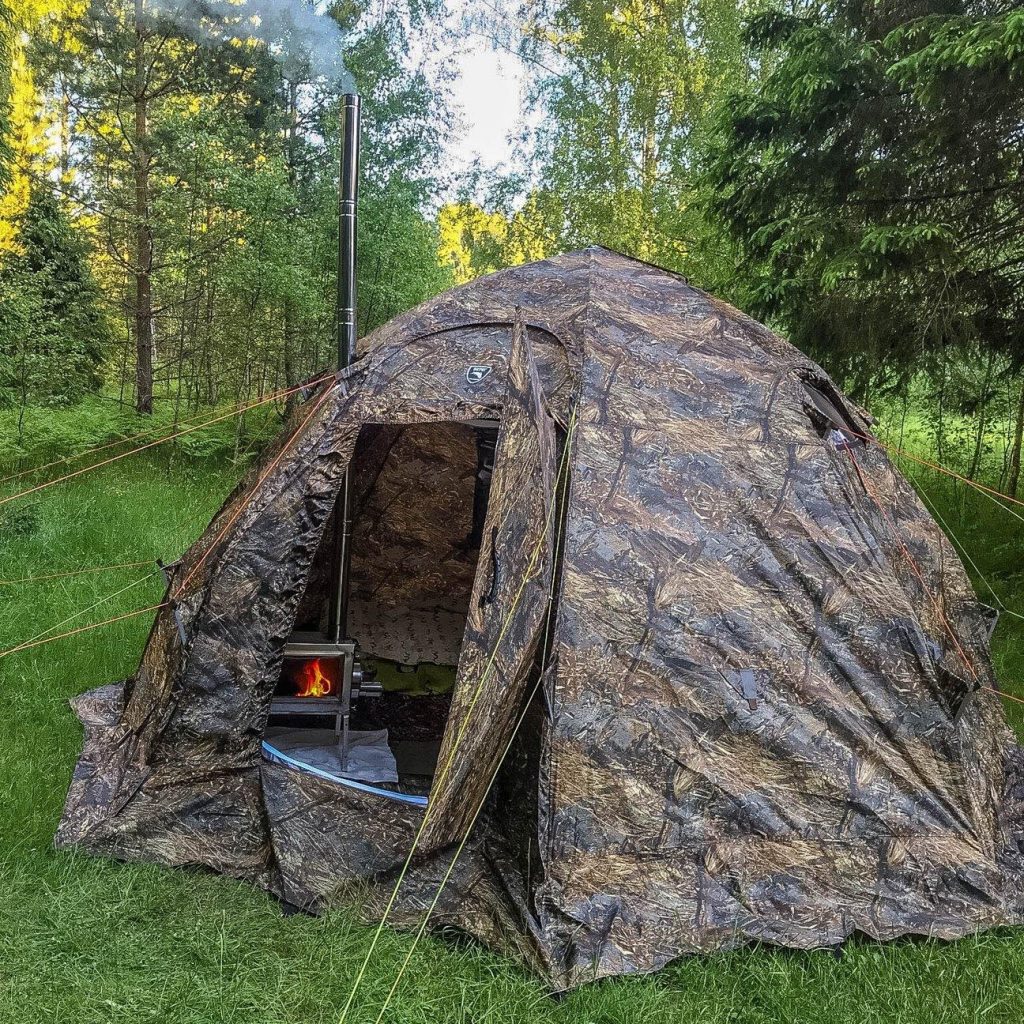Needless to say that using a wood-burning stove in your tent offers you an excellent opportunity to extend your stay when camping in the cold weather. The best tent wood stoves will make your camping experience warm and comfortable, allow you to quickly dry wet clothing, boots, and gear, cook meals, and last but not least, create a vibe of coziness.
A stove really makes a difference and can make winter camping a fantastic experience. However, there are a couple of serious safety considerations to take into account. In this guide, we’re describing the basic steps of using a wood-burning stove in the tent, focusing on safety. Make sure you do your own research before you start using a stove in the tent, and always carefully follow instructions provided by the manufacturer.
Table of Contents
Safety first
Using a stove in a tent involves some potential dangers, from being burnt to carbon monoxide poisoning. In order to reduce the risks, stick to the following rules.
Be watchful
Although it may look like a no-brainer, but again, stay focused while you’re cooking. It is easy to get distracted when your multi-task to save time, but it can turn into a grave mistake. Never leave your burning stove unattended. If you camp with a group, assign a responsible person watching the stove. For solo campers, it would be a wise solution to prep the food before kindling the fire.
Go for a canvas tent
Although not fireproof, canvas tents such as this 6 person 4 season tent are more fire-resistant than those produced from synthetic materials such as nylon and polyester. What is more, you can get a canvas tent treated with fire-retardant substances for a greater level of fire resistance. That said, it doesn’t mean canvas tents aren’t likely to catch on fire — utmost caution should remain your number one rule.
Keep flammable items at a distance
Ensure that the area around the stove is free from flammable objects and materials, such as clothing, sleeping bags, paper, aerosols, etc.
… and a fire extinguisher at hand
It’s imperative to bring a fire extinguisher if you use a stove in the tent. Regardless of every precaution you follow, be prepared for the worst: there’s always a risk of a tent fire when operating a wood stove. For extra peace of mind, keep a supply of water close to your stove.
Check if the pipe has a spark arrestor
If even a tiny spark from the stove freely flies out of the flue pipe, it can start a fire outside. To prevent this from happening, make sure that your flue pipe features a spark arrestor whose function is to put out sparks before they fly out of the pipe.
Use a fireproof mat
For extra safety, pack a fireproof mat and place it underneath your stove. The stove can get very hot and damage your tent’s floor or even set it on fire.
Let the air circulate
Wood-burning stoves consume plenty of oxygen and emit carbon monoxide, so it’s imperative to ventilate your tent properly.
Invest in a carbon monoxide alarm
If you are going to use a wood-burning stove inside your tent, get a battery-operated carbon monoxide detector. Keep in mind that carbon monoxide is an odorless, colorless gas, impossible to detect without special equipment. It’s terribly dangerous as it can cause sudden illness and death. More than 400 people die in the US from carbon monoxide poisoning, usually while sleeping, so investing in a carbon monoxide alarm can literally save your life.
How to use a wood-burning camping stove
Picture source: https://hot-tent.com/
- When you’re going to use a wood-burning stove, you need to be very careful about where to pitch your shelter. Make sure that you put up your tent so that the pipe opening is not underneath any dead branches or other objects that could catch fire.
- Before using your wood-burning stove for the first time inside a tent, it’s recommendable to test it with an extended burn. For this, kindle the stove anywhere not inside the tent for five to six hours. First of all, this will help get rid of any manufacturing residue and give you an idea if it operates in a proper way. Then, let the stove cool down, clean it, and set the second test — this time, try to cook something.
- Upon testing your stove, you can finally set it up inside. Don’t forget to place a fireproof stove mat underneath.
- Next, run the flue pipe through a stove jack. If your tent doesn’t feature a stove jack, you need to get and install one. Add a spark arrester into the top of your vent pipe following the manufacturer’s instructions.
- Remember that a wood-burning stove requires regular cleaning. Scraping the embers to the back of the stove ensures better burn efficiency. Also, clean the stove pipe every day if the stove is in continuous use. Otherwise, you risk breathing in carbon monoxide: it quickly builds up when the diameter of the pipe has narrowed because of soot and creosote deposits.
- Avoid burning larch, pine, and spruce: these woods produce a lot of sparks and can cause a fire. It’s a good idea to use hardwoods like oak because they burn slower and form coals that make the heat last longer.
Final thoughts
All in all, choosing to use a wood-burning stove in a tent is a solution you need to approach wisely. Remember that using a stove calls for being extremely careful and familiar with all the dangers it can involve.



